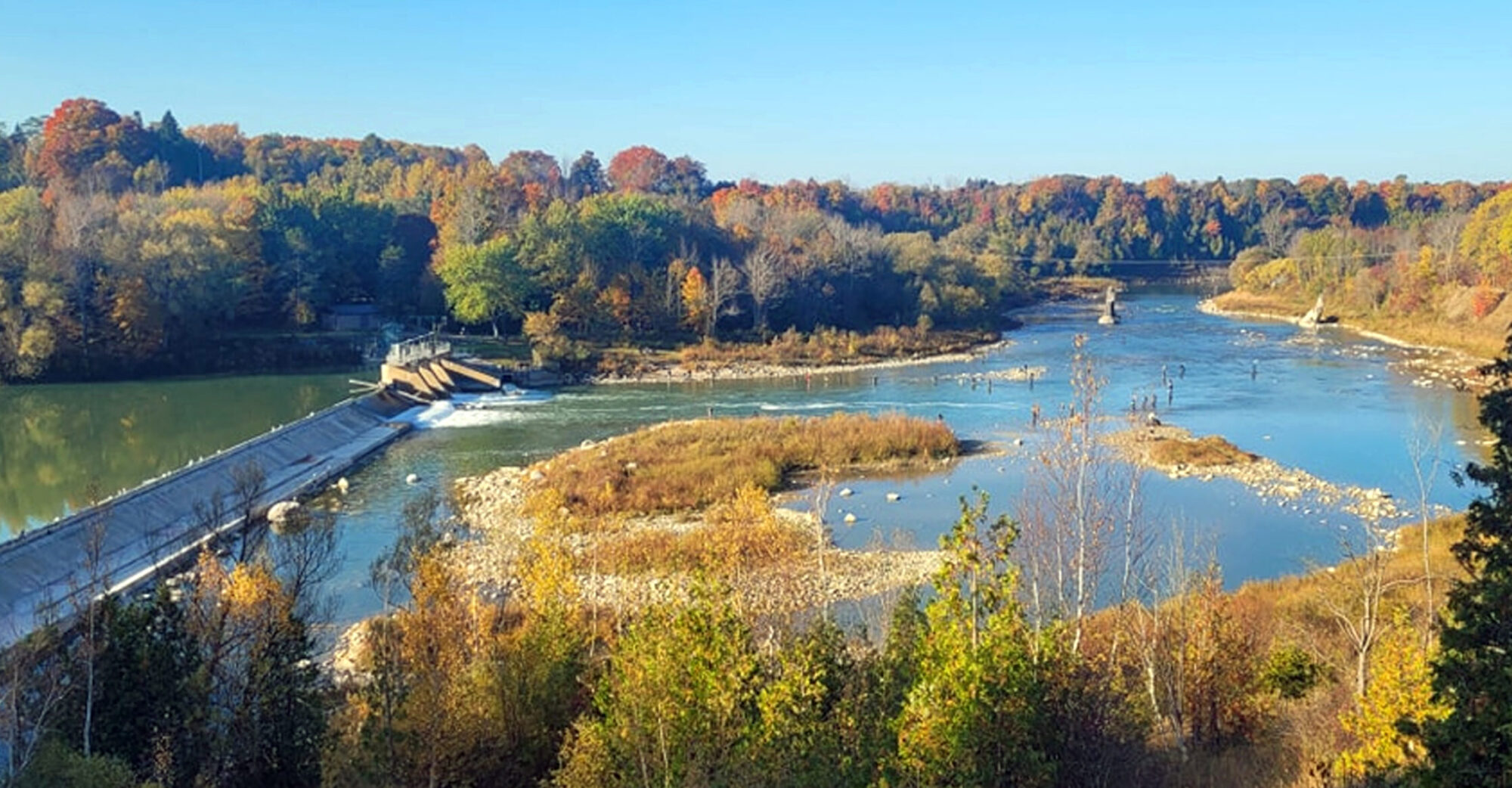Ron, Bob and Dave were fishing in a boat when they ran out of bait. Ron got up and walked across the water to get some more bait. After two hours, they ran out of bait again and this time, Bob walked across the water to get some bait. After three hour of fishing they ran out of bait again and Dave said he would get the bait. So he stepped out of the boat and went straight to the bottom. Ron turned to Bob and asked “Should we have told him where the rocks were?”
When you go fishing and you catch something, that’s good. If you are making love and you catch something, that’s bad.
Q. What is the definition of ‘live bait’? A. The biggest fish you will handle all day.
Q. What is the definition of a ‘Fisherman’s Thumb’? A. A temporary hook holder.
A young man and an older man were fishing on a pier. The young man started telling the older one that the night before he had caught a trout that was over 3 1⁄2 feet long. The older man replied, “Oh yeah, well I was here 2 nights ago and I hooked something huge. After a 30 minute fight, I finally got it to the surface and it was an old lantern and the thing was still lit.” The young man said, “You’re lying. I can’t believe that.” Then the older man said, “I’ll tell you what, you knock a couple of feet off your trout and I’ll blow out my lantern.”
Old Dave was walking along a California beach when he came upon two men pulling another man ashore on the end of a rope. “That’s what I like to see,” mused old Dave, “A man helping out his fellow man.” As he was walking away, one man remarked to the other, “Well, he sure doesn’t know the first thing about shark fishing.”
Maude shared this tidbit with her friend over a cup of tea: “I think the only reason my husband likes to go fishing so much is that it’s the only time he hears someone tell him, “Wow, that’s a big one!”
Ron had an awful day fishing on the lake, sitting in the blazing sun all day without catching a single fish. On his way home, he stopped at the supermarket and ordered four trout fillets. He told the fish salesman, “Pick four large ones out and then throw them at me, will you?”
“Why do you want me to throw them at you?”
“Because I want to tell my wife that I caught them.”
“Okay, but I suggest that you take the orange roughy.”
“Why’s that?”
“Because your wife came in earlier today and said that if you came by, I should tell you to take the orange roughy. That’s what she would like for supper tonight.”
The only time a fisherman tells the truth is when he calls another fisherman a liar
The great thing about fishing is that it gives you something to do while you are not doing anything.
The most awful thing you can say to another angler is:
“That’s a nice fish. May I use it for bait?”
It was a cold winter day. Old Dave walked out onto a frozen lake, cut a hole in the ice, dropped in his fishing line, and patiently waited for a bite.
He was there for almost an hour, without even a nibble, when a young boy walked out onto the ice and cut a hole in the ice next to him. The young boy dropped his fishing line in and a few minutes later pulled out a huge smallmouth bass. Old Dave couldn’t believe his eyes but chalked it up to plain luck.
Shortly thereafter, the young boy pulled in another large catch. The young boy kept catching fish after fish. Finally, Old Dave couldn’t take it any longer.
“Son,” he said, “I’ve been here for over an hour without even a nibble. You’ve been here only a few minutes and have caught over a half dozen fish! How do you do it?” The boy responded, “Roo raf roo reep ra rums rrarm.”
“What was that?” Old Dave asked.
Again the boy responded, “ Roo raf roo reep ra rums rrarm.”
“Look,” said Old Dave, “I can’t understand a word you are saying.”
The boy spat some bait into his hand and said… “You have to keep the worms warm.”
“I didn’t see you in church last Sunday, Thomas. I hear you were out playing football instead.” “That’s just not true, Reverend. And I’ve got the fish to prove it!”













